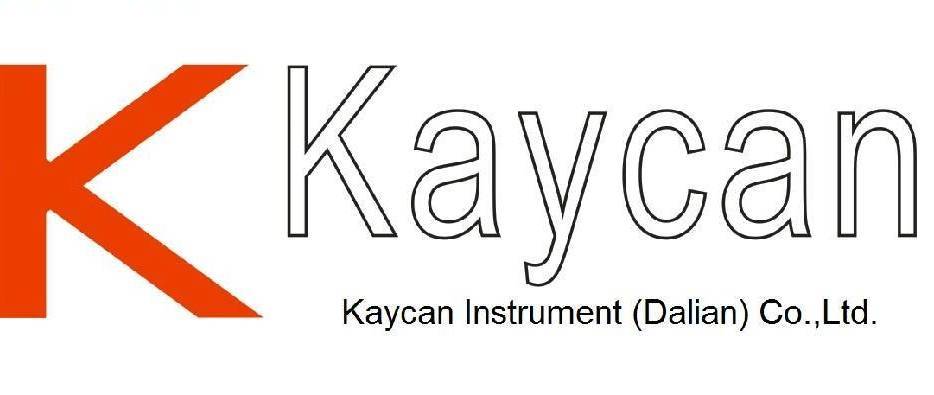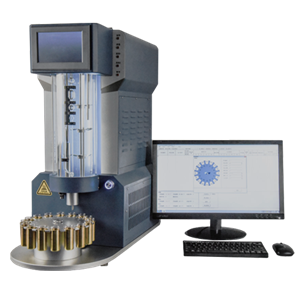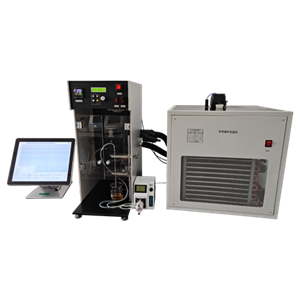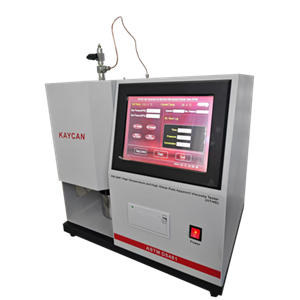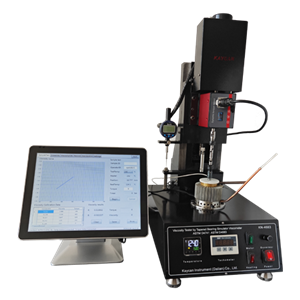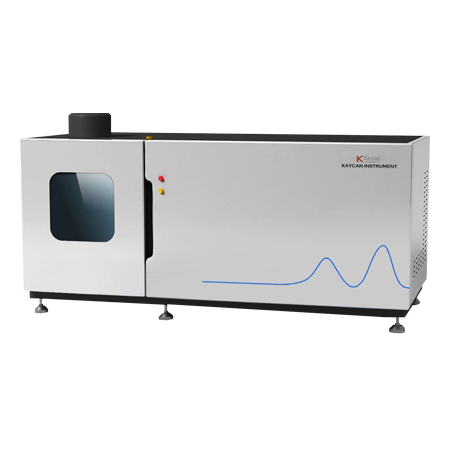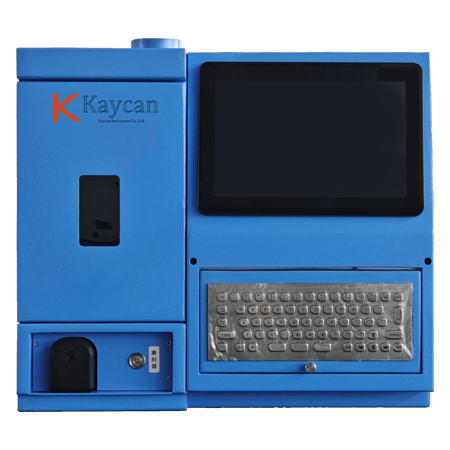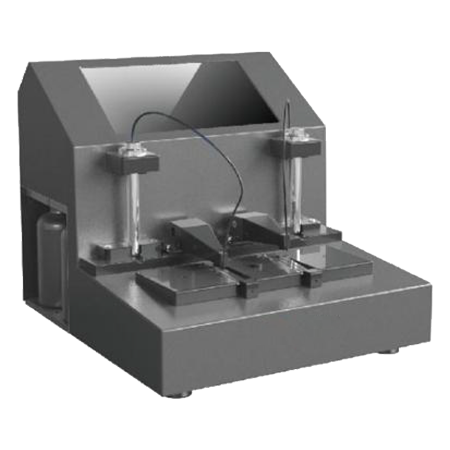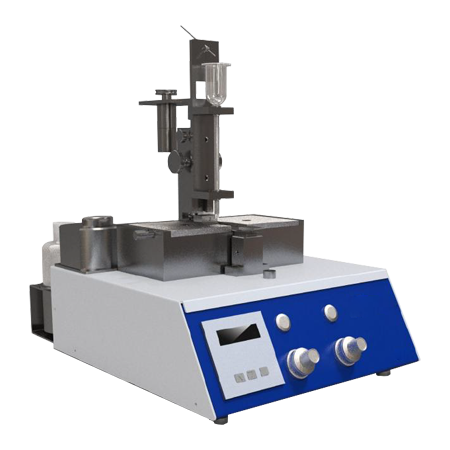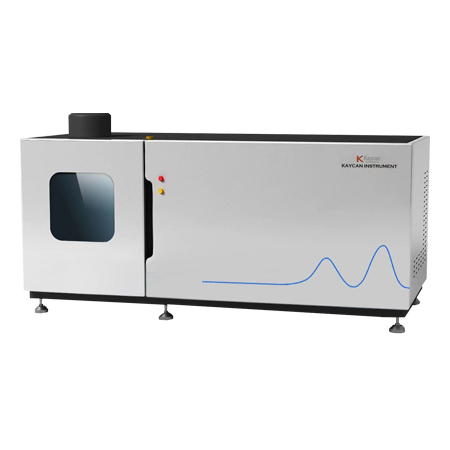
ASTM D7111 ICP for Middle Distillate Fuels
Brand KN
Product origin Dalian,China
Delivery time deliver as soon as received payment
Supply capacity 30 sets one month
Trace elemental analysis is used to indicate the level of contamination of middle distillate fuels. Trace metals in turbine
fuels can cause corrosion and deposition on turbine components at elevated temperatures. Some diesel fuels have specification
limit requirements for trace metals to guard against engine deposits. Trace level copper in middle distillate aviation
turbine fuel can significantly accelerate thermal instability of the fuel leading to oxidation and production of detrimental
insoluble deposits in the engine.
KN-7111 ICP for Middle Distillate Fuels
KN-7111 inductively coupled plasma atomic emission spectrometry (ICP-AES) covers the determination of selected elements in middle distillate fuels. The concentration range of this test is approximately 0.1 to 2.0 mg/kg. The test may be used for concentrations outside of this range; however, the precision statements may not be applicable. Middle distillate fuels covered in this test method have all distillation fractions contained within the boiling range of 150 to 390°C. This includes, but is not limited to, diesel fuels and aviation turbine fuels.
Instrument advantage
1. There are more than 70 kinds of elements can be tested.
2. Simultaneous testing of multiple elements, all elements are tested at the same time with one sample injection.
3. Fast analysis speed, about 5 elements per minute, and the fastest test speed can reach 10 elements per minute.
4. The detection limit is low, and most elements can reach ppb level.
5. The linear range is wide, up to 5-6 orders of magnitude, and high and low content can be tested at the same time without changing the standard curve.
6. Less chemical interference and more accurate test results.
Performance characteristics
Safe and reliable solid-state RF power supply
The radio frequency power supply used in the instrument has small size, high output efficiency, stable output power, and various safety protection functions such as water circuit, air circuit and overload, which greatly improves the safety of the instrument and reduces the failure rate of the instrument.
High degree automation
The instrument has a very high degree of automation, besides the power switch, all operations are completed by software. Intelligent software can provide real-time feedback and information prompts for various operations in real time.
Automatic ignition
The software can achieve fully automatic one-key ignition, and all parameter setting changes are automatically completed. With advanced automatic matching technology, the ignition success rate is high and the operation is simple.
High-precision airflow control system
The plasma gas, auxiliary gas, and carrier gas in the instrument work are all controlled by a high-precision mass flow controller (MFC). The flow rate is continuously adjustable and the output air flow is highly accurate, ensuring the accuracy of the test data.
Talbe1. Main Technical Parameters of KN-7111
High Frequency Generator | |
Working Frequency | 27.12MHz |
Stability | ﹤0.05% |
Output power | 800W ~1600W |
Output power Stability | ≤0.2% |
Scanning spectrometer | |
Light path | Czerny turner |
Focal length | 1000mm |
Raster specification | Ion-etched holographic grating, engraved line density 3600L / mm or 2400L / mm; scribed area (80 × 110) mm |
Line dispersion reciprocal | 0.26nm/m |
Resolution | ≤0.008nm(3600 wire grating) |
Main host Parameters | |
Scanning wavelength range | 195nm~500nm(3600L/mm wire grating) |
Repeatability | RSD≤1.5% |
Stability | RSD≤2.0% |
●Sample measurable element evaluation
Now for the detection of middle distillate fuel, the application R&D center has evaluated the details as shown in Table 2:
Table 2. Middle distillate fuel sample solutions
Samples | Tested elements | Instrument | sample processing (for reference only) | Standard |
Middle Distillate Fuels | shown ASTM D7111 table 1 | KN-7111 ICP | Weigh 0.5g of sample into a microwave digestion tank, add 6ml nitric acid and 2ml hydrogen peroxide, preheat it on a 150℃ electric hot plate for about 10 minutes, cool it, and load it into the microwave digestion to run the program. After completion, cool to room temperature and make the volume constant. To 50ml to be tested | ASTM D7111-2015 |
